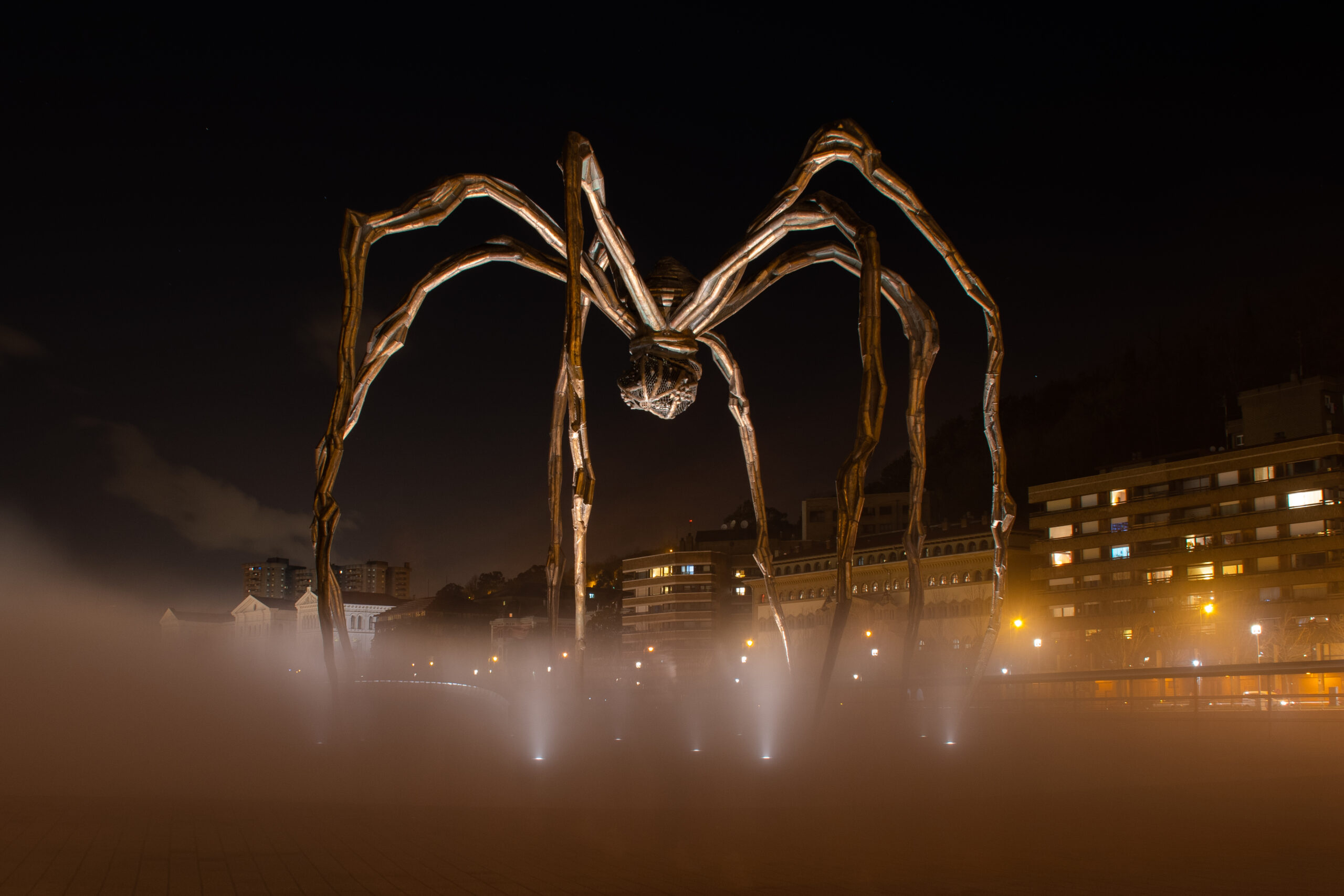Aperture is one of the three fundamental pillars of photography (along with shutter speed and ISO), yet it remains the most artistically powerful. This circular opening in your lens doesn't just control how much light enters - it shapes how we see the world through our images, determining what's sharp and what melts away into beautiful blur. From Ansel Adams' sweeping landscapes to Steve McCurry's haunting portraits, aperture choices have defined some of history's most iconic photographs.
Understanding Aperture: The Eye of Your Camera
Aperture refers to the adjustable diaphragm opening in a lens, measured in f-stops (e.g., f/1.4, f/8, f/16). These numbers represent a ratio of focal length to opening size, so counterintuitively:
- Lower f-numbers (e.g., f/1.4) = Wider openings = More light + shallower depth of field
- Higher f-numbers (e.g., f/16) = Narrower openings = Less light + deeper depth of field
This mechanism works identically in digital and film cameras, tracing its origins to the 19th century. The first adjustable iris diaphragms appeared in 1858, with the modern f-stop system formalized by the early 20th century. Early photographers like Julia Margaret Cameron exploited limited aperture control to create ethereal portraits with soft focus effects.
When to Use Different Aperture Settings
Choosing the right aperture depends on your creative goals and shooting conditions:
| Aperture Range | Best For | Example Uses |
|---|---|---|
| f/1.2 - f/2.8 | Ultra-shallow depth | Portraits with creamy bokeh, low-light scenes |
| f/2.8 - f/5.6 | Controlled focus | Environmental portraits, product shots |
| f/8 - f/11 | Maximum sharpness | Landscape, architecture, group photos |
| f/16 - f/22 | Extreme depth | Macro with front-to-back sharpness |
For a detailed breakdown, see Cambridge in Colour's aperture tutorial.
Is the Minimum Aperture Always Best? The Sharpness Myth
While fast lenses (like f/1.4 primes) are prized for low-light performance, they're not always optimal:
- Diffraction degrades sharpness at very small apertures (f/16+)
- Lens Sweet Spot: Most lenses perform best 2-3 stops down from maximum aperture
- Depth Requirements: Landscape photographers often need f/8-f/11 for front-to-back sharpness
As legendary photographer Edward Weston demonstrated, sometimes mid-range apertures (f/8-f/11) yield the most detailed results, as seen in his iconic Pepper No. 30.
Aperture in Phone vs. Professional Cameras: The Great Divide
Modern smartphones simulate shallow depth through computational photography, but with limitations:
| Feature | Phone Cameras | DSLR/Mirrorless |
|---|---|---|
| Actual Aperture | Fixed (typically f/1.5-f/2.4) | Adjustable (f/1.2-f/22+) |
| Depth Control | Software-based blur | Optical physics |
| Light Gathering | Small sensors limit low-light performance | Larger sensors capture more light |
| Bokeh Quality | Artificial, sometimes inconsistent | Natural, organic rendering |
The advantage becomes clear in side-by-side comparisons - professional systems offer:
- True optical blur gradients
- Better low-light performance
- More creative control
- Accurate focus transitions
How Masters Used Aperture Creatively
- Richard Avedon (f/8-f/11): His stark white-background portraits used medium apertures to maintain facial sharpness while eliminating distracting backgrounds.
- Annie Leibovitz (f/2.8-f/5.6): Famous for her environmental portraits that balance subject isolation with context.
- Henri Cartier-Bresson (f/8): The "decisive moment" required depth to keep spontaneous scenes sharp.
- Gregory Crewdson (f/16+): His cinematic tableaux demand extreme depth of field for elaborate compositions.
Modern Lens Aperture Capabilities
Today's lenses push optical boundaries:
| System | Fastest Lens | Specialty |
|---|---|---|
| Leica | Noctilux-M 50mm f/0.95 | Unmatched bokeh quality |
| Nikon | NIKKOR Z 58mm f/0.95 S Noct | Extreme low-light performance |
| Canon | RF 28-70mm f/2L | Fastest standard zoom |
| Sony | FE 50mm f/1.2 GM | Balance of speed and AF |
For current lens reviews, check DPReview's lens guides.
Storytelling Through Aperture: Two Views of a Street Scene
- Wide Open (f/1.4):
A lone musician plays saxophone at dusk. His face is tack-sharp, while the neon-lit crowd behind dissolves into colorful orbs. The image feels intimate, isolating his emotional performance. - Stopped Down (f/11):
That same scene now shows every detail - the musician, audience members reacting, street vendors in the background. The image tells a broader social story.
Same location, completely different narratives - all controlled by aperture.
Advanced Aperture Techniques
- Hyperfocal Distance: For landscapes, focus at a calculated distance (using apps like PhotoPills) to maximize sharpness from foreground to horizon at f/8-f/11.
- Bokeh Shaping: Some lenses render out-of-focus highlights uniquely. The Canon EF 85mm f/1.2L creates "creamier" bokeh than the sharper but busier Sigma 85mm Art.
- Starburst Effects: Shoot at f/16-f/22 with bright point lights to create dramatic sunstars.
- Focus Stacking: Combine multiple f/5.6 shots at different focus distances for macro work with perfect depth.
The Future of Aperture Control
Emerging technologies are changing the game:
- Variable ND filters built into lenses (Canon RF 100-400mm)
- Electronic aperture control in mirrorless systems
- Computational bokeh blending optical and digital techniques
Yet the fundamental artistic choices remain - what to emphasize, what to soften, and how to guide the viewer's eye.
Key Takeaways
- Aperture controls both exposure and artistic focus
- There's no "perfect" aperture - only what serves your vision
- Professional systems offer more creative control than phones
- Master photographers use aperture intentionally to tell stories
Want to practice aperture control hands-on? Join my Lisbon workshops to experiment with different lenses and scenarios. Contact me for details!
Further Reading:
